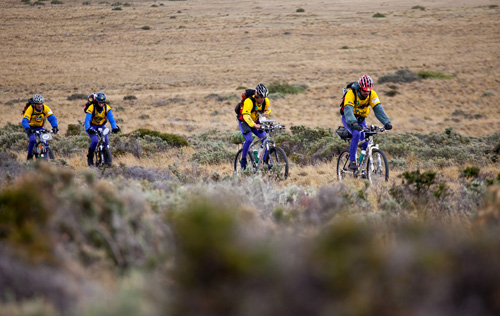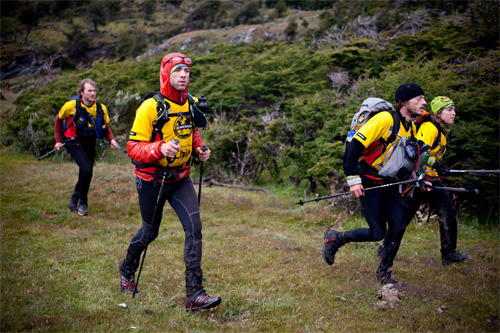Since 2002, when as a young journalist I was assigned to cover a multiday endurance race in Telluride, Colo., until February of this past year, when I was a member of Team GearJunkie.com in the weeklong Wenger Patagonian Expedition Race, the strange sport of adventure racing has rarely failed to intrigue. Here is an elaborate and mind-bending team sport where your body is thrashed for hours or even days on end. You trek in the woods and mountains, kayak wilderness lakes and whitewater, mountain bike on singletrack trails, and squint at maps to devise strategy on a literal choose-your-own-adventure course through terrain few people ever see.

I admit it, I am in love with the sport. Adventure racing is a great fit for an aerobic/endurance-minded gear junkie like myself who doesn’t mind getting dirty and suffering a bit in the heat of a race. Since my initiation in 2002, I have participated in dozens of events, including multiday races the likes of Primal Quest and the aforementioned Wenger Patagonian Race, an event through southern Chile that finished near the tip of the South American continent.
As a writer and journalist, I have covered the sport in dozens of stories, including live blog posts from events and magazine feature articles. As a contributor to the New York Times, I covered trends in the sport in a 2007 article and penned a first-person account of a tough and hypothermic springtime race in the Monongahela National Forest of West Virginia.

But as with most any love story, there are some sour grapes beneath the rosy veneer. This sport I have so much passion for — a sport that has the potential to be the greatest endurance game in the world! — so often disappoints. It is a (sometimes overly) complex sport, a million pieces moving at once, and as such there is the potential for lots of mistakes or at least some overlooking, both by race organizers and the racers themselves. Maybe I’m a whiner, but often after a race I find myself somewhat less than enthusiastic about one or several decisions made by a race director. “If they had only [fill in the blank] it would have been a perfect course. . .”.
But the bullet points below are not about me. I have compiled a list of brief concerns and suggestions for anyone in the adventure-racing world, especially event organizers and race directors. The sport, while healthy as a niche pursuit, rarely obtains mainstream recognition. Sure, it’s been on network TV and ESPN. Indeed, it was Mark Burnett, the Emmy-Award-winning television producer, who created the popular Eco-Challenge race and its accompanying reality-TV series in the mid-1990s. But today, despite robust races all around the country, adventure racing still lingers in outdoors purgatory.
On the recreational continuum, adventure racing is a blip. It ain’t mountain biking. It’s not even as known as an esoteric activity like trail running. Adventure racing is a sport embraced passionately by a few thousand people. It hovers somewhere in the gap between lacrosse and underwater hockey in the national consciousness on “things to do for fun.”











